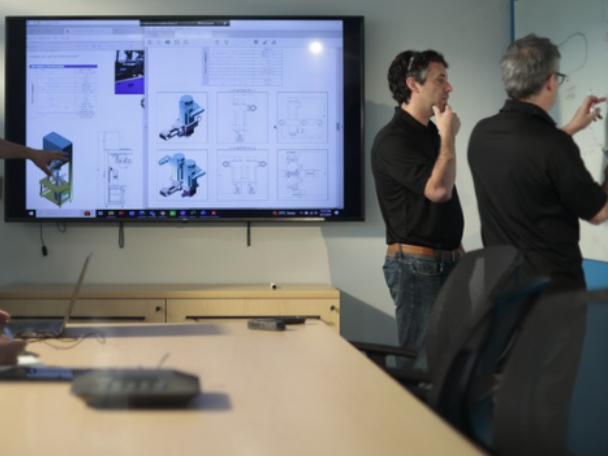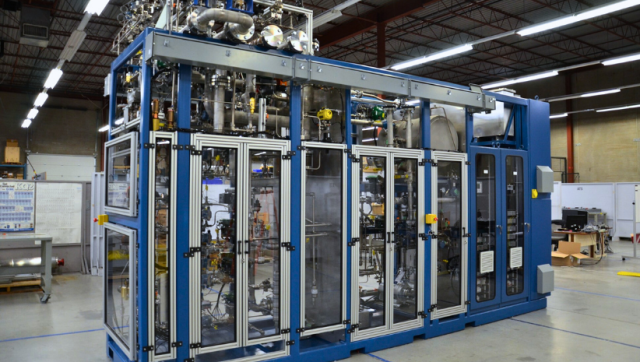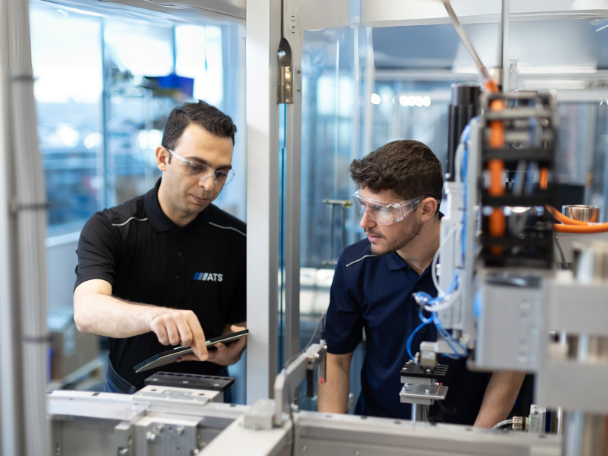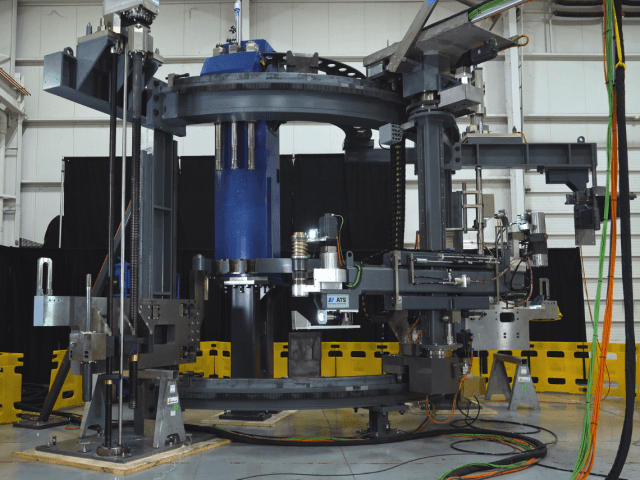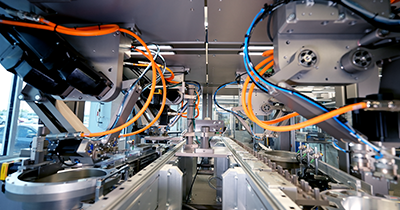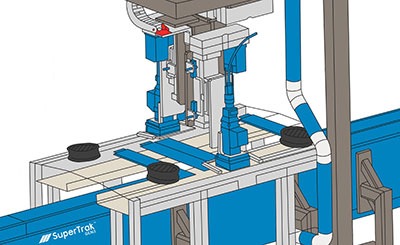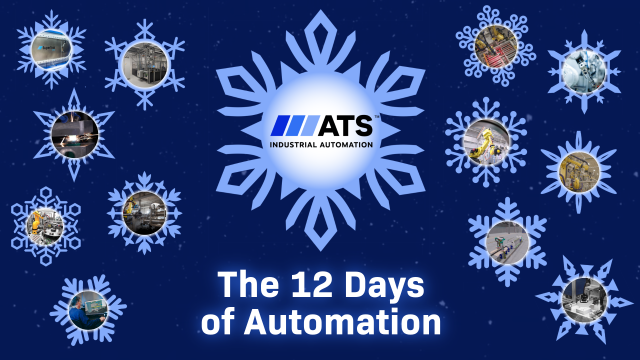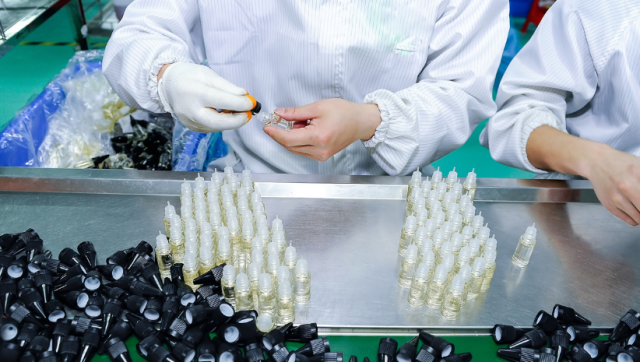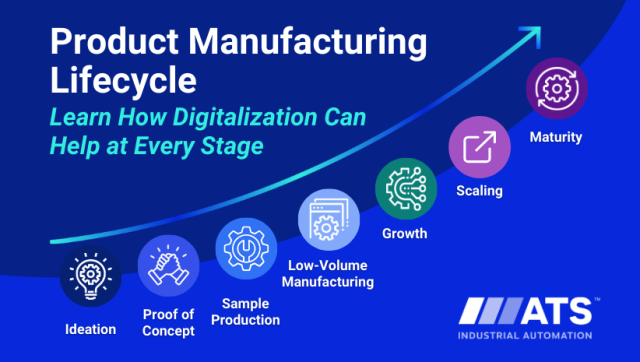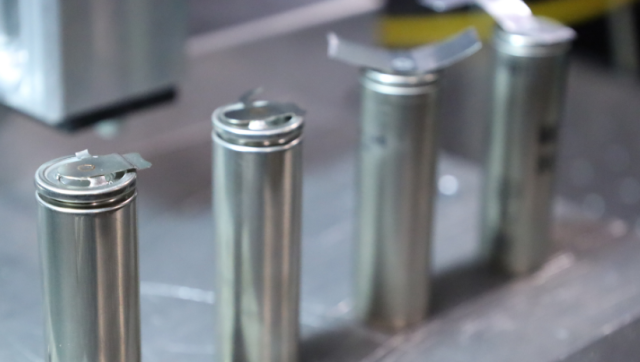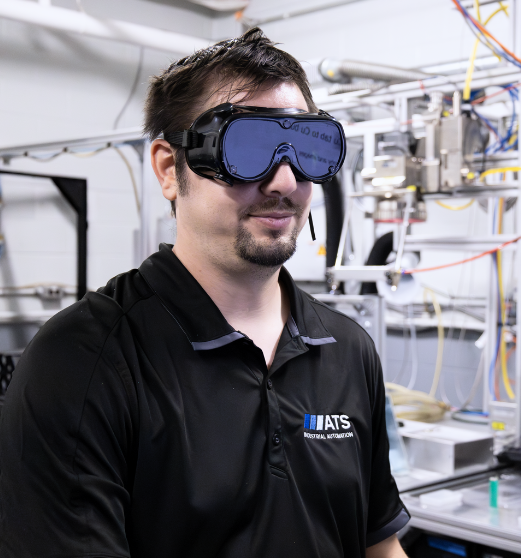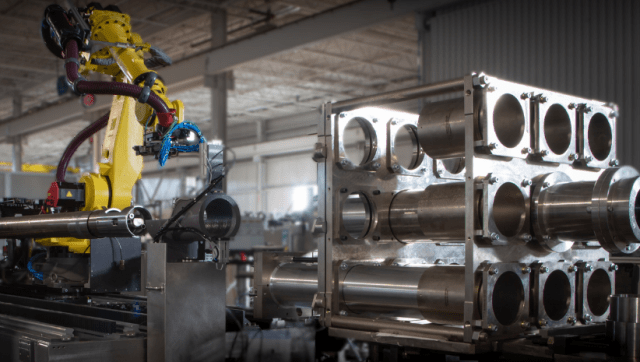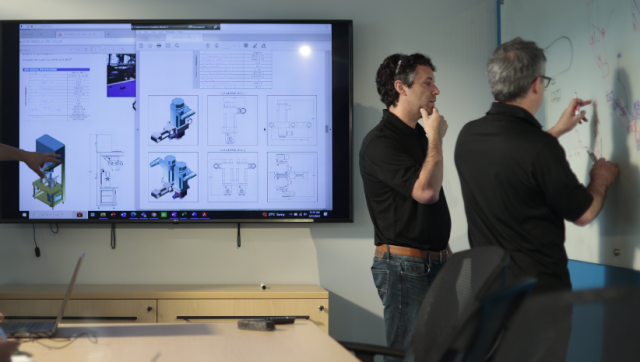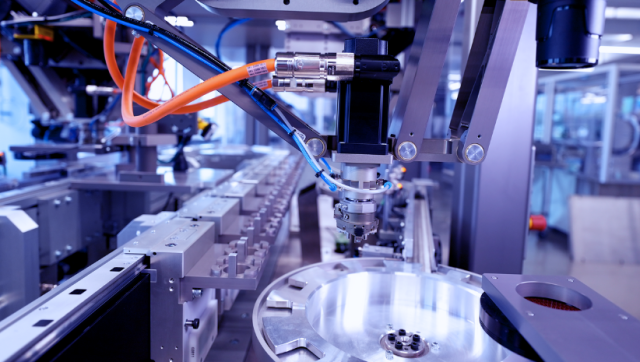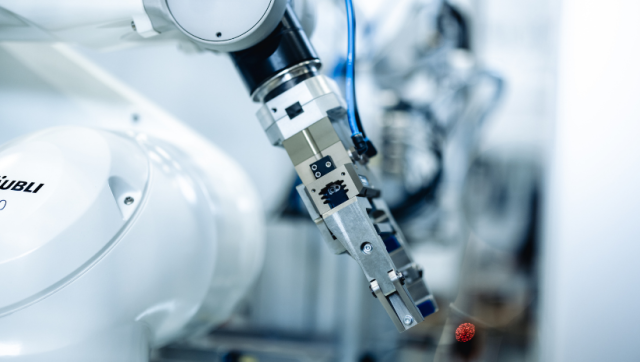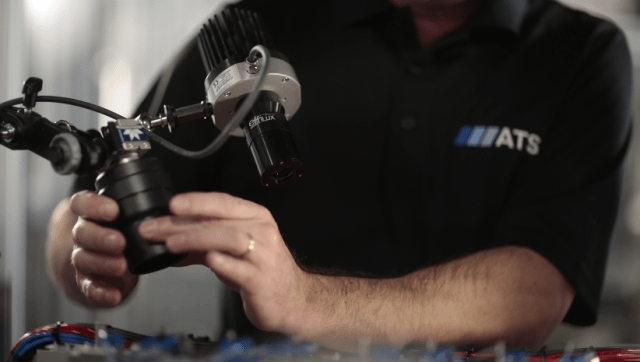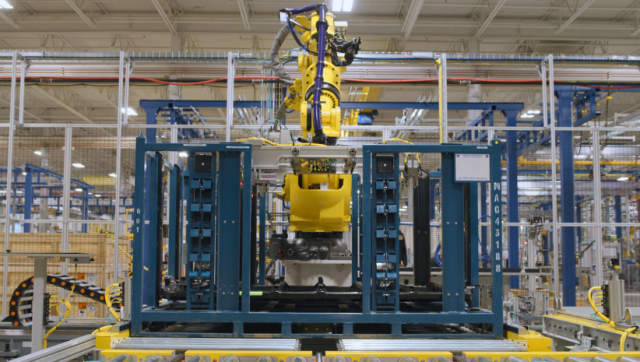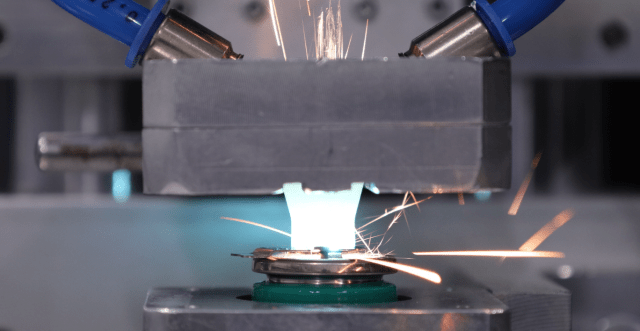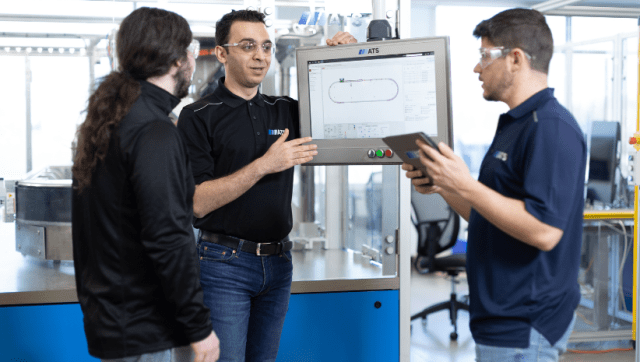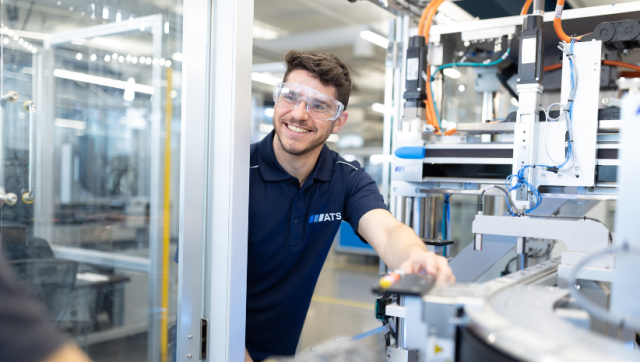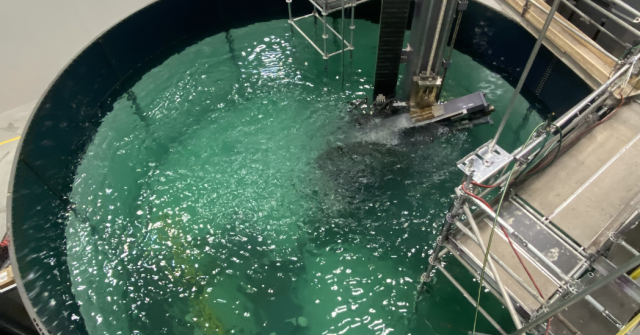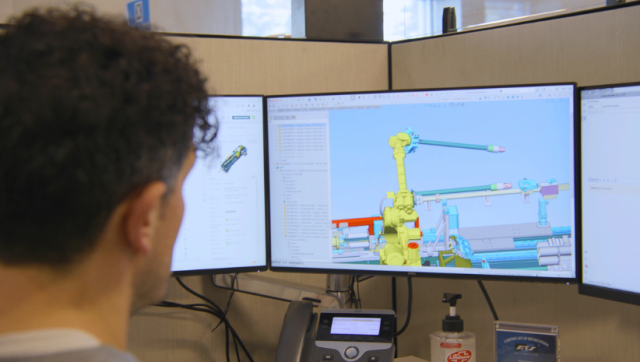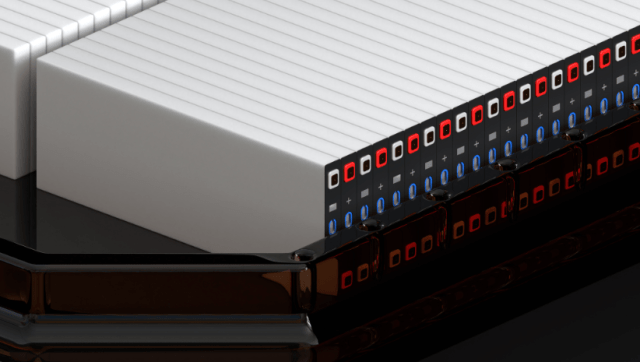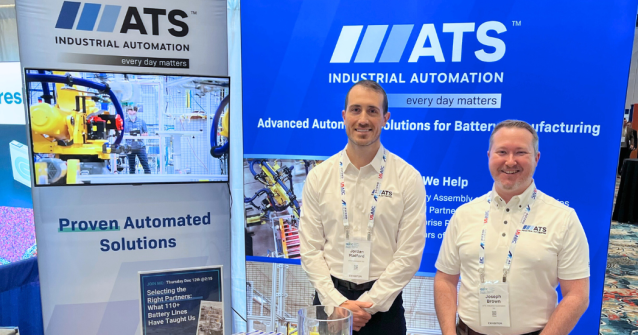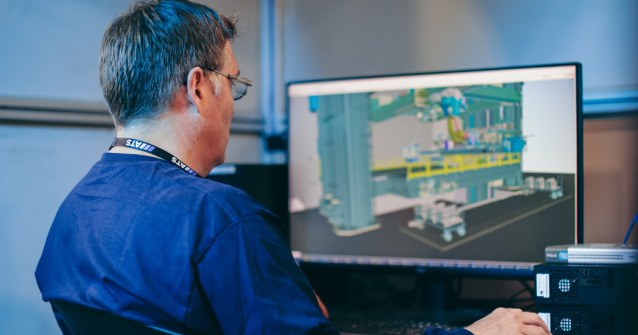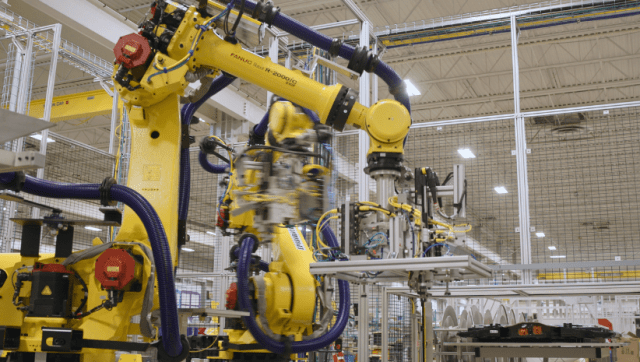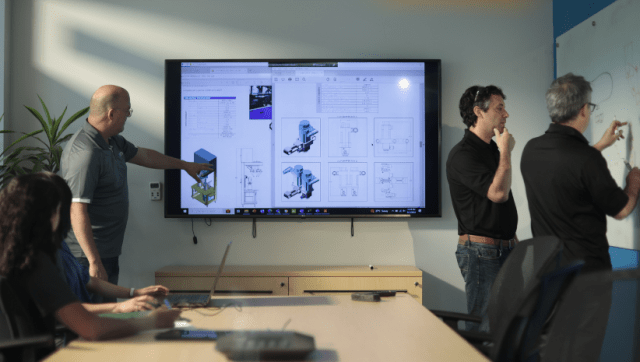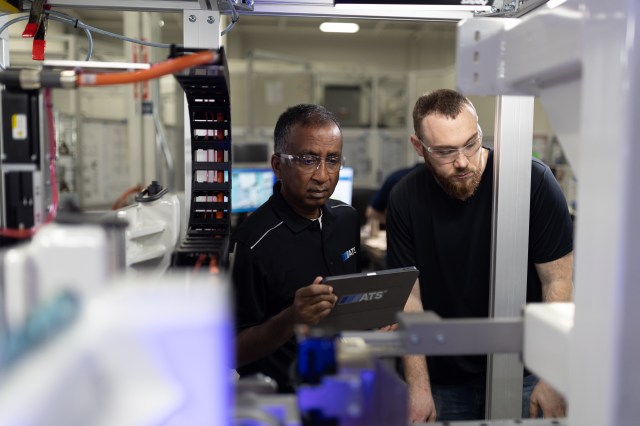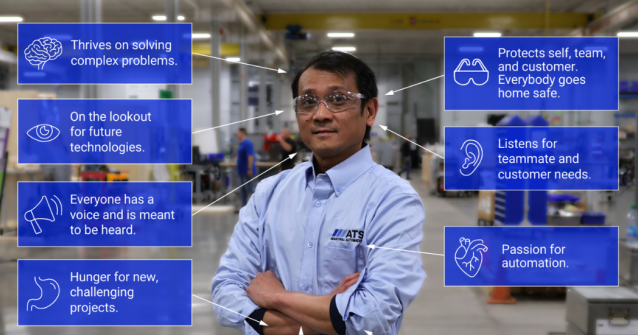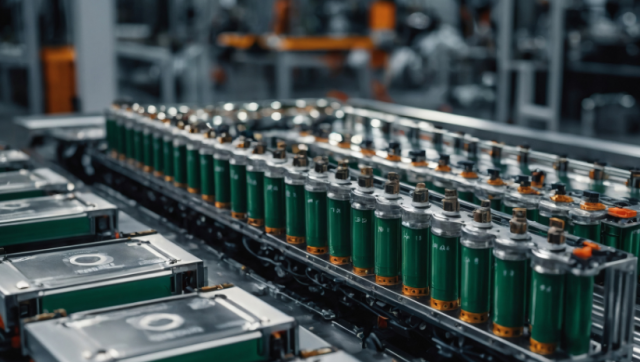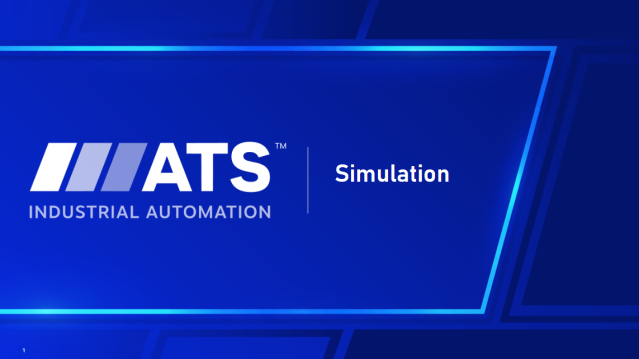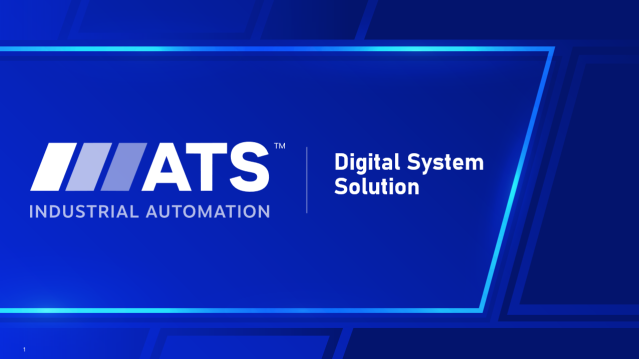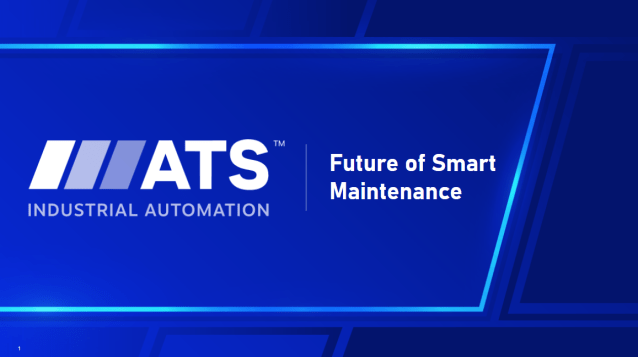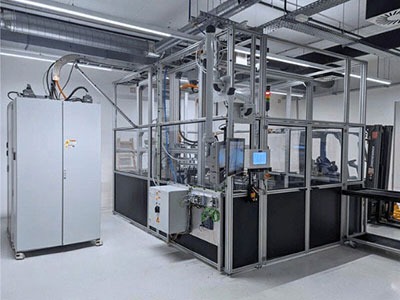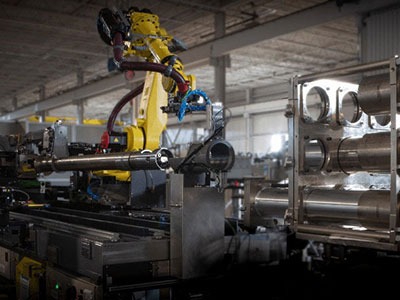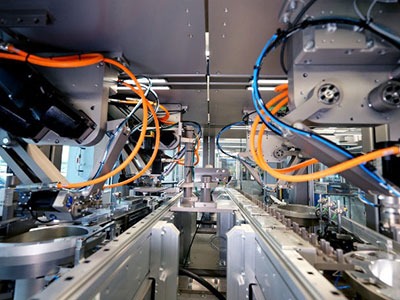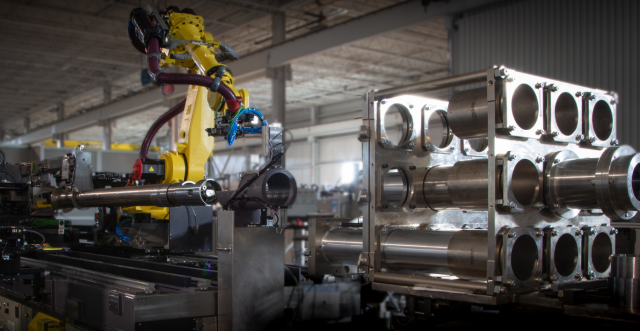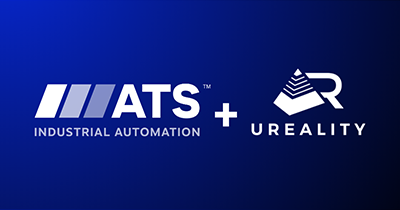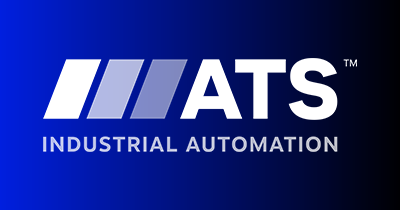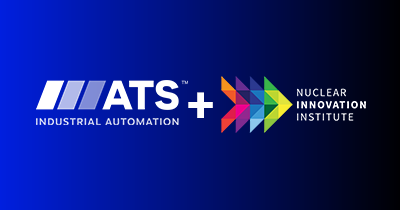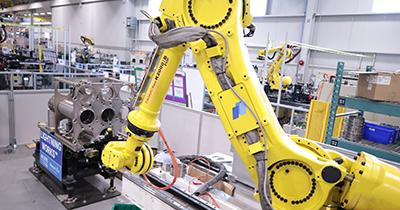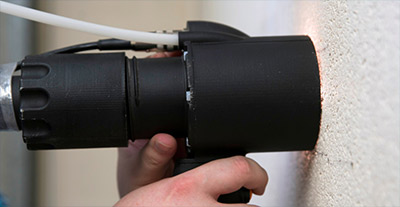In fast-paced manufacturing environments, assembly line downtime can impact production efficiency, schedules, profitability, and customer satisfaction.
Manufacturers investing in automation equipment and robotics expect the systems to run as designed daily, without equipment failure. However, this isn’t always the case. Whether you’re in the early stages of implementing assembly automation or managing a long-established production line, understanding the main causes of machine downtime and how to prevent it is critical to keeping operations running smoothly.
Common Causes for Unplanned Machine Downtime
Incorrectly Loaded Parts or Out-of-Spec Components: Automated assembly machinery operates within strict parameters, and when parts are loaded incorrectly, or components don’t meet specifications, the equipment may shut down to prevent damage or malfunction.
Wear and Tear: Even the most advanced machinery wears down over time. Tooling gets dirty, lubricants dry up, and components gradually wear out. This can impact machine performance, causing production lines to slow down or stop, resulting in lower yield.
Inexperienced Operators or Inadequate Training: When operators lack proper training, they take longer to recover the equipment when faults do occur. This is especially common when new less experienced operators take over or the team that initially received the equipment leaves. Without adequate operator training, even well-functioning machines can suffer from frequent shutdowns.
Bottlenecks and Machine Performance Issues: Sometimes a single station in the manufacturing line causes delays due to underperforming equipment or slower manual operations, creating bottlenecks across the entire line. If problems aren’t caught early, it can lead to significant downtime before the root cause is identified.
In addition to these common causes of machine downtime, other factors—such as using the wrong automation equipment for the job, out of spec parts loaded to the machine, environmental conditions, or supply chain disruptions—can also impact production uptime. Although each production line has its own challenges, the first step in reducing downtime and preventing future disruptions is understanding the root causes.
5 Tips to Avoid Equipment and Assembly Line Delays
With 45+ years of experience building advanced automated manufacturing systems, ATS Industrial Automation has learned what it takes to keep automated systems running at peak performance.
We’ve designed and delivered high-speed assembly lines and automation systems for various industries, from automotive, EV batteries, electronics, consumer packaged goods, durable goods, logistics, and more. With over 3,000 lines delivered and in operations, here are our five tips to avoid machine downtime:
1. Implement a Rigorous Preventive Maintenance Program
A well-planned preventive maintenance schedule is one of the most effective ways to avoid unexpected downtime. This includes regularly checking high-wear components (touch tooling, bearings, belts, motors, etc.) for replacement, cleaning critical areas prone to dust or debris accumulation, lubricating moving parts to reduce friction and wear, and conducting machine inspections to identify early signs of failure.
At ATS Industrial Automation, we offer tailored maintenance and service plans to keep assembly machinery running efficiently. This includes everything from onsite inspections to developing training materials, videos and maintenance schedules to ensure long-term equipment health.
2. Utilize Advanced Production Monitoring Tools
Real-time monitoring tools like Illuminate™ Manufacturing Intelligence software provide instant insights into equipment performance. It tracks uptime, availability, and yields helping teams identify bottlenecks, slow machines, or underperforming stations.
Illuminate simplifies data collection and analysis, generating detailed reports on faults, downtime, and machine efficiency. The software also helps track trends in performance, making it easier to predict and prevent future issues. The result is a more efficient manufacturing line, improved machine reliability, and fewer line disruptions.

3. Invest in Comprehensive Operator Training
Proper training ensures that the operators responsible for running and maintaining equipment can handle equipment correctly and troubleshoot minor issues before they lead to major delays.
Most companies perform training when they add new assembly machinery to the line. However, training should be ongoing. When new operators are hired, they should receive the same in-depth training as the team that initially received the equipment. And established operators can benefit from refresher courses to stay up to date on system updates.
We offer extensive training programs, including onsite sessions, training documentation and virtual reality training simulations. Our UReality software enables companies to create immersive 3D training simulations within minutes and share them across teams and locations. It is a cost-effective way to onboard new employees or enhance existing skills using interactive learning methods.
4. Conduct Regular System Audits
Beyond preventive maintenance, conducting regular system audits is a proactive way to identify issues before they slow down production. Our experts can perform health checks on machinery and use tools like debug cameras to capture real-time footage of malfunctions. Our engineers can review the footage and quickly pinpoint and resolve problems slowing down machine performance.
5. Plan for Upgrades
Automation and production lines need to evolve over time. When new products/parts are introduced or production volumes change, the original equipment may no longer be sufficient to handle the load. Upgrading machines or adding new features can improve performance and reduce downtime.
We offer line upgrades to help customers adapt lines to new products or increase efficiency, ensuring their systems remain flexible and resilient over their lifespan.
Maximize Uptime
Assembly line and equipment downtime can be costly, but it is avoidable with the right strategies. Preventive maintenance, advanced monitoring tools, and thorough training are key. Staying proactive and addressing potential problems before they arise ensures that your assembly line remains a well-oiled machine. With the right approach, tools and partner, you can significantly increase the lifespan of your equipment and maximize overall production efficiency.
Assembly Line Downtime
| Causes of Machine Downtime | Solutions |
|---|---|
| Incorrectly Loaded Parts | Operator Training and VR Simulations |
| Parts Do Not Meet Machine Specifications | Plan for Upgrades |
| Machine Wear and Tear | Production Monitoring, Preventive Maintenance and System Audits |
| Dirty Feeders and Contact Tooling | Preventive Maintenance Program |
| Inexperienced Operators | Comprehensive Operator Training |
| Underperforming Equipment | Production Monitoring and System Audits |
| Slow Manual Operations | Operator Training and System Audits |
| Line Changes for New Products | Plan for Upgrades and Operator Training |

Ken Aarts
Manager, Controls Engineering
ATS Industrial Automation
Ken has helped companies across numerous industries automate and optimize their assembly and testing lines. Ken specializes in configuring control systems for the expansion and optimization of production lines and to drive operational efficiency.






